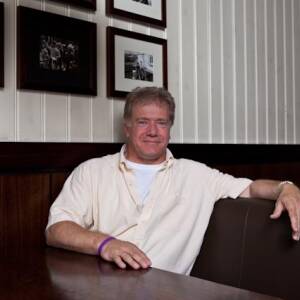Kedainai
A day out in the "provinces" on a wet Saturday afternoon.
Kedainai is the cucumber capital of Lithuania. Like many other parts of Europe, the cucumber is a much bigger part of the diet here than in Little Britain.
On the way back to the car after coffee, we came upon this hotel flying a Scottish flag alongside the EU one and the Lithuania. I loved it.
There is a connection:-
The Scots arrived in Kedainiai in the late 16th and 17th centuries, serving in the army and Personal Guard of Prince Radziwill. Encouraged by the conversion of his wife Anna to Protestantism, the community exerted considerable influence in the city and persisted until the mid-19th century. The historian Kaminskas recorded: 'The Scots are still arriving, And settle near the Big Market, They settle for a long timne, as walls of a house, Are thick, strong and smell of stability'. Eleven of the main market square's nineteen grand properties were once owned by Scots merchants.
At their most dominant in the 17th century, Scots reached exalted positions, including mayor, court members, clergymen and academics. At the Academy of Vilnius, John Hay was the master of rhetoric and Scots contributed to collections of published poetry. By the 18th century the ascendancy of catholics in the Counter-Reformation in the area led many Scots back to their traditional strongholds in ports such as Prussia's Konigsberg.
The names of Scottish settlers often naturalised, and it is possible to find names such as Andersonas (Anderson), Benetas (Bennett), Diksonas (Dickson) and Gordonas (Gordon).
(copyright Wiki)

Comments
Sign in or get an account to comment.


